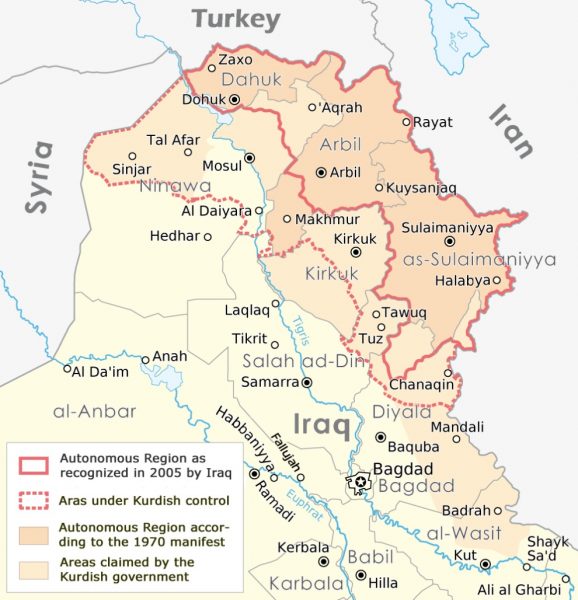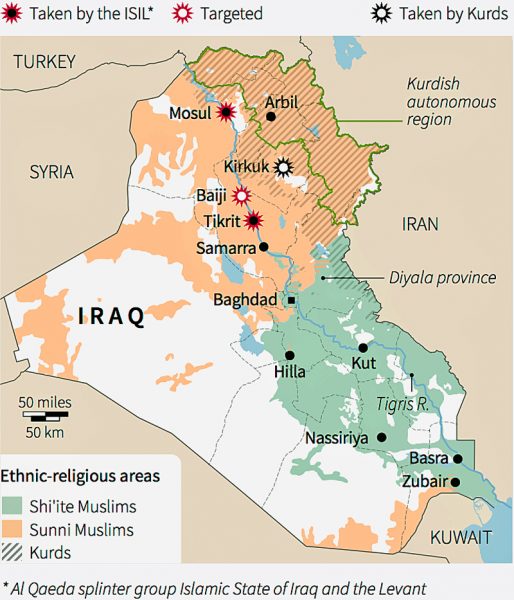Back in early 2010 I wrote the Concept of Operations (CONOP) for the US Army’s first cultural program, the Human Terrain System, about applying what, at the time, I was referring to as socio-cultural research, analysis, and mapping to emergency response and disaster management. This was done specifically for the founding Program Manager so that he had something to work with if US Southern Command asked for assistance from the program as part of the response to the earthquake in Haiti. I was tapped to write this for several reasons, but not least of which because I had been working (among others) for him on building out the conceptual basis for what we were actually tasked with doing for the Army in Iraq and Afghanistan and thinking ahead to other types of operations where having on site, real time socio-cultural support might be helpful. Another reason I was tasked with working on this was the conceptual/scholarly work I had done prior to going to work for the Human Terrain System, which included work on emergency response and disaster management.
In late 2009 I represented the program as an invited panelist at the St. Thomas University (Miami Lakes, FL) conference on disaster management and emergency response to terrorism, other man made disasters, and natural disasters (and yes, I was on the same panel with Max Mayfield). Some of the work I had done for that presentation made its way into the CONOP, including an analysis of where, what I would now in 2016 call, cultural operations and Engagement, would have been beneficial in the response to Hurricane Katrina. Ultimately this was written up in 2011-2012 into a longer treatment for the Army’s second cultural program – the Army Culture and Foreign Language Directorate – looking at how to apply cultural operations to facilitate humanitarian assistance, emergency management, and disaster response – regardless of the nature of the emergency or disaster – including several case examples such as the response to Hurricane Katrina and the Haitian earthquake of 2010.
Below you’ll find an excerpt from that 2011-2012 report. In Hillary R’s first post on Hurricane Matthew she referenced Amanda Ripley’s book on surviving disasters. And while Ms. Ripley wrote an excellent book and her observations about who did and did not survive are correct, what was outside of its scope, and the scope of Hillary R’s post, is that ultimately the lack of survivability of Hurricane Katrina was really about total systemic failure at all levels of the emergency management and disaster response process. And I think that’s important to understand and its equally important to remember that the loss of life in Hurricane Katrina was preventable, but failures at the municipal, state, and Federal levels ensured they would occur. I’m adjusting the language a bit – replacing socio-cultural research, analysis, and mapping with Cultural Operations and Engagement.
Disaster Management and Emergency Response: Three Phases
In the case of responding to disasters, whether natural or man-made, disaster management specialists have identified three stages of the response: emergency, rehabilitation, and restoration(9). Conducting Cultural Operations and Engagement across all three dimensions of context, dynamic, and location would be of great use in assisting and facilitating with these disaster management responses. With greater situational awareness available from the beginning of the response and management effort, it would be possible to engage in more focused and effective response leading to better outcomes for the affected populations.
In the emergency response phase the focus is on getting to the affected area, initially assess what needs to be done, and get to the work of the assistance and response as quickly as possible. It also includes a focus on life saving missions and the delivery of emergency supplies, including medical assistance. Phase two, rehabilitation, focuses on building off of the initial response and moving towards stabilization in order to facilitate long term restorations of essential services and a return to normal routine. The focus in this phase is on restoring the host nation country (or in the case of a domestic disaster the local and state authorities) to the levels of functionality that existed prior to the disaster. This is intended to get the required infrastructure back into place and running so that the host nation can begin to provide for the health and welfare needs of the population. The third stage, restoration, is concerned with capitalizing on successes from the first two stages, consolidating them, and then expanding on them by assisting the host nation and its population with building out its infrastructure, services, and facilitating disaster proofing through hardening of vulnerable sites.





